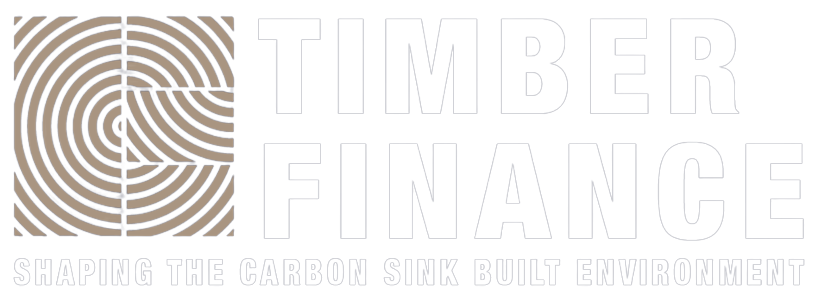Public building with Swiss wood
More and more cantons, cities and municipalities intend to build with wood in the course of their climate strategies and net zero declarations in building construction and civil engineering. This is particularly the case if they manage their own forest or are closely associated with forest corporations. For this purpose, they have edited leaflets and recommendations. In most authorities, building with wood in their own buildings is still done on a case-by-case basis and is not yet operationalised and standardised in the overall planning and procurement process, which is why the collateral costs are still relatively high. High timber construction rates are demonstrably achieved where the building directorates have defined and implemented a detailed timber construction strategy and a standardised procurement process as part of the overarching climate strategy. If the city or canton has its own forest, it is important to make the administrative departments “Real Estate” and “Forest” permeable in this respect, which is not yet the case everywhere.
The recent timber construction debate, which has been climate-driven, has so far focused on “building with wood”, even among Swiss forest owners and authorities with their own wood, regardless of where the wood comes from. It has become apparent that the arguments put forward by the construction industry against Swiss wood are price, the more complicated procurement or the quality of the wood, as was recently made known in the Zurich municipality of Feuerthalen.
New KBOB procurement guidelines
With the new KBOB procurement guidelines, the argument of competitive compatibility has evaporated since 1.1.2021 if applied correctly, and offers the public sector good and inconsistent options for tendering and awarding in Swiss timber. Embedding this in a climate and timber construction strategy is helpful. Tenders with own timber are also possible thanks to the newly possible overall economic consideration and various other award criteria.
The problem has thus shifted away from competition law for larger constructions from c.a. 5’000m3 with long lead times, towards securing, financing and standardising the Swiss forest-building supply chain, for which new instruments and approaches need to be developed and implemented. This is not a new insight in itself, but in the current situation it is more urgent than ever, which is why innovators from the Swiss forestry and timber industry have organised themselves with supply chain and finance specialists within the framework of the “Timber Finance Initiative” in order to be able to guarantee builders the necessary security in terms of price and time in the tendering and procurement of Swiss timber for larger projects.
Depending on the assortment, Swiss wood was actually somewhat more expensive per m3 of glued wood than imported goods until the price hike in 2021, which is why ¾ of the structural glued wood, especially standard goods, comes from abroad. This is despite the fact that only 50% of the wood utilisation potential in Switzerland has been exhausted. In terms of the overall economy, however, the calculations have shown that the total value added of an organisational unit such as Switzerland, a canton or a city that both uses its own timber and commissions its own timber buildings as a builder is significantly higher when Swiss timber is used.
Price stability and supply chains
The price explosion of 2021 adds another factor to the use of one’s own wood: Price stability. The price boom is not being driven by the forest, but by (international) trade, as shown by the timber futures contracts, which have increased fivefold internationally, of which the current only around Fr. 20/m3 end up in the Swiss forest (20%). The forest does not drive up timber prices. Builders with their own forest should benefit from the price stability and are currently even cheaper with Swiss wood, provided they have well-established supply chains. This is because the Swiss timber industry currently only serves long-standing «Swiss timber regulars». This is also a reason to build and maintain a constant supply chain of our own timber for our own buildings.
Another factor in favour of Swiss wood is that recent studies show that the ecological footprint with Swiss wood is around half that of imported wood in all parameters.
Last but not least, current timber construction figures and cost comparisons by the leading Swiss real estate specialist WüstPartner show that timber buildings are only around 5% more expensive than conventional construction methods, with significantly less variation. This does not take into account the faster construction time, rentability, higher cost security, higher net rents, homeliness, image, etc., all factors that make timber buildings even slightly cheaper when planned correctly.

